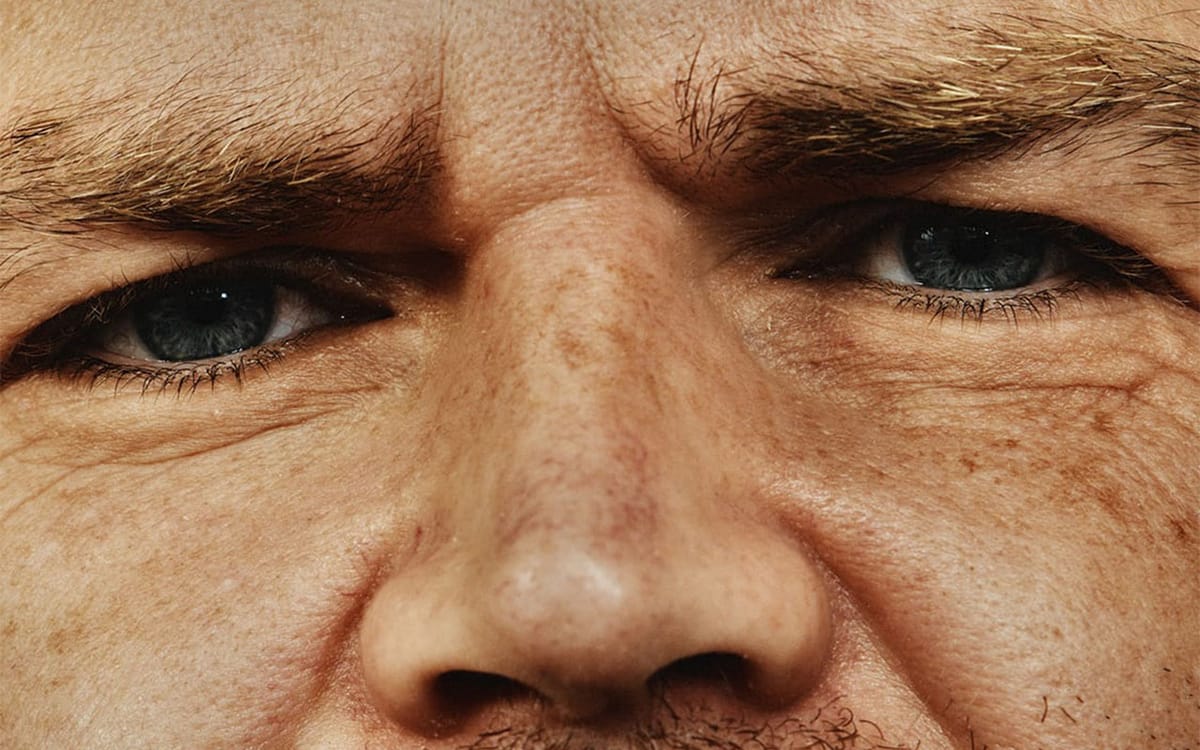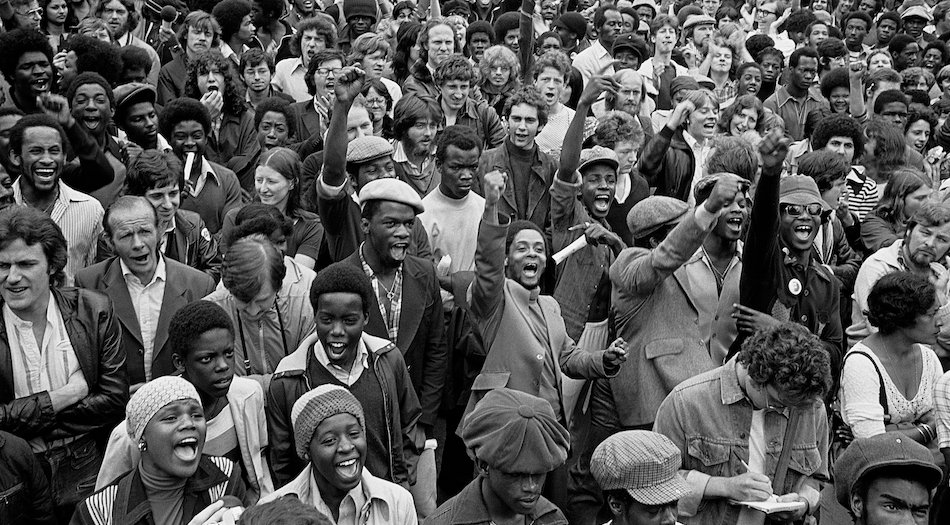These Are the Winners of the Huge, Annual $67,500 Photography Grant

The Trump Administration Looks Even Worse Up Close

Gadisse Lee: Self-Portraits
Martin Parr: The Photographer Who Inspired Me To Pick Up a Camera

Martin Stranka: All My Strangers
Photographer's 50 Year Love Letter to Paris

Teen Rebellion Immortalized, Through the Eyes of Chris Steele-Perkins
Dave Burnett Says 'The Stringer' Used His Photos Without Permission or Attribution
